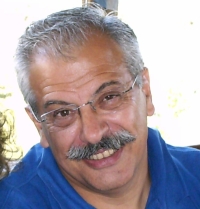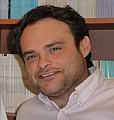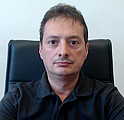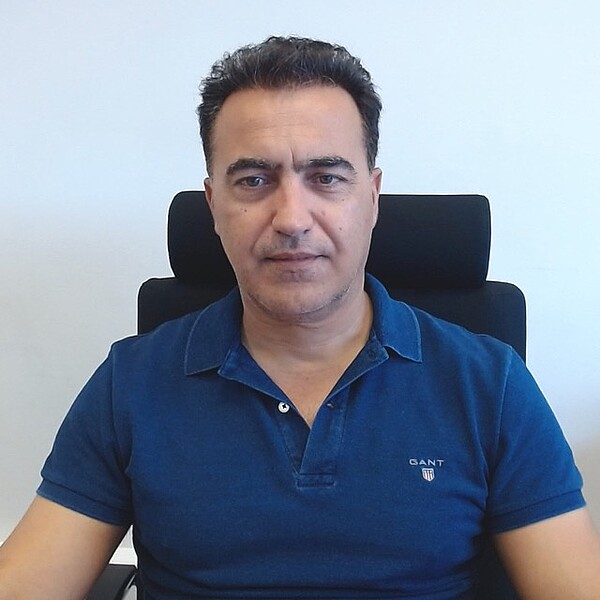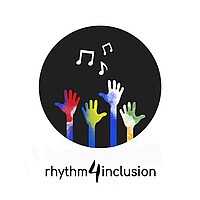
Project Description
Official Website
Research evidence has sought to examine challenges in understanding students with Special Education Needs and the difficulties experienced in different learning situations. The overarching problem identified is that students with various disorders, in contrast to identifying a single static primarily brain-based deficit, are increasingly perceived as out of sync with their internal and external environments, experiencing difficulties enabling operations from their peripheral nervous systems. The noisiness that seems to occur in both spectrums of the neural flow causes profound dysfunctionality related to the rhythm and timing of movement, which has direct implications in the way certain types of students with special needs communicate, interact with their social surroundings, and sensory system such as vision, hearing, touch, taste, smell, and balance. Evidently, to provide research-informed and applicable solutions to this problem, the role of rhythm and timing in helping certain types of students to reduce overload and to create symmetry in their sensory system, which in turn may amplify their learning skills, capabilities, and competencies, has significant potential and can lead to innovative approaches to foster inclusion in classrooms with students with and without Special Education Needs. This potential can be linked to music and dance, as the two major art forms that are directly related to rhythm and need synchronization between different body parts and multiple sensory inputs. By employing music and dance to design and implement creative learning interventions, students actively explore and make sense of their environment by embedding rhythm into social interactions which are rich in figures and context.
To explore this potential of rhythm in promoting inclusion in European schools, the rhythm4inclusion project first identified the needs and requirements of teachers who are confronted with the task of addressing the needs of students with and without special needs co-existing in the same class, identified the innovative elements that could be brought into these situations by integrating music and dance, and developed a rhythm-based inclusion curriculum combined with a digital competences framework for teachers. This last element aimed at developing skills and competences that would allow teachers to explore modern digital technologies to collaborate with colleagues as well as with distant psych-pedagogy experts and document their practices either to share and reuse them or to receive valuable feedback from special education experts.
The project supported teachers in their path to integrating arts for fostering inclusion by primarily piloting the project (2nd project year) and the creation and delivery of the online training program (3rd project year). The training program enabled teachers across Europe to embed multi-arts into their daily teaching to teach curricular subjects and foster social inclusion. Through the piloting and training program, teachers with no artistic training were enabled to use the arts and overcome obstacles deriving from inhibitions and a sense of inadequacy towards their own artistic abilities. They gained knowledge of a method with innovative and successful practices to use with their students.
The Online Training Program consisted of several parts, dedicated to selected art forms for rhythm-based learning interventions (music and dance), parts dedicated to the psycho-pedagogical framework that is necessary to understand how the proposed learning interventions should be designed, supported, and evaluated, and parts dedicated to the acquisition of important digital competencies that would allow teachers to exploit digital technologies in order to participate actively in communities of practice, document their work, share their experiences, and find new professional development opportunities.
The final project outputs in terms of the rhythm-based inclusion curriculum, teacher training materials, and teachers’ Community of Practice, all supported by a modern eLearning platform enabling its widest possible use, were used by school teachers facing serious difficulties in their work with disruptive or problematic and disordered students with the provision of clear and concise guidelines and techniques, as well as information on the implementation and evaluation process. Through the rhythm4inclusion platform, a high and increasing number of teachers participated in this Community of Practice by continuously receiving feedback from the expert team or by creating their own “virtual field of sharing and exchanging knowledge and practice” with their colleagues internationally that would spread the results and push for the introduction of groundbreaking strategies/techniques within school contexts in countries that are suffering from the lack of multidimensional and innovative educational methods in the era of e-reality and innovation in education.
Contract Info
Funding Programme:
ERASMUS+
Period: 2018 - 2021
Lab Funding: €54K
Contract No:
2018-1-SE01-KA201-039032
